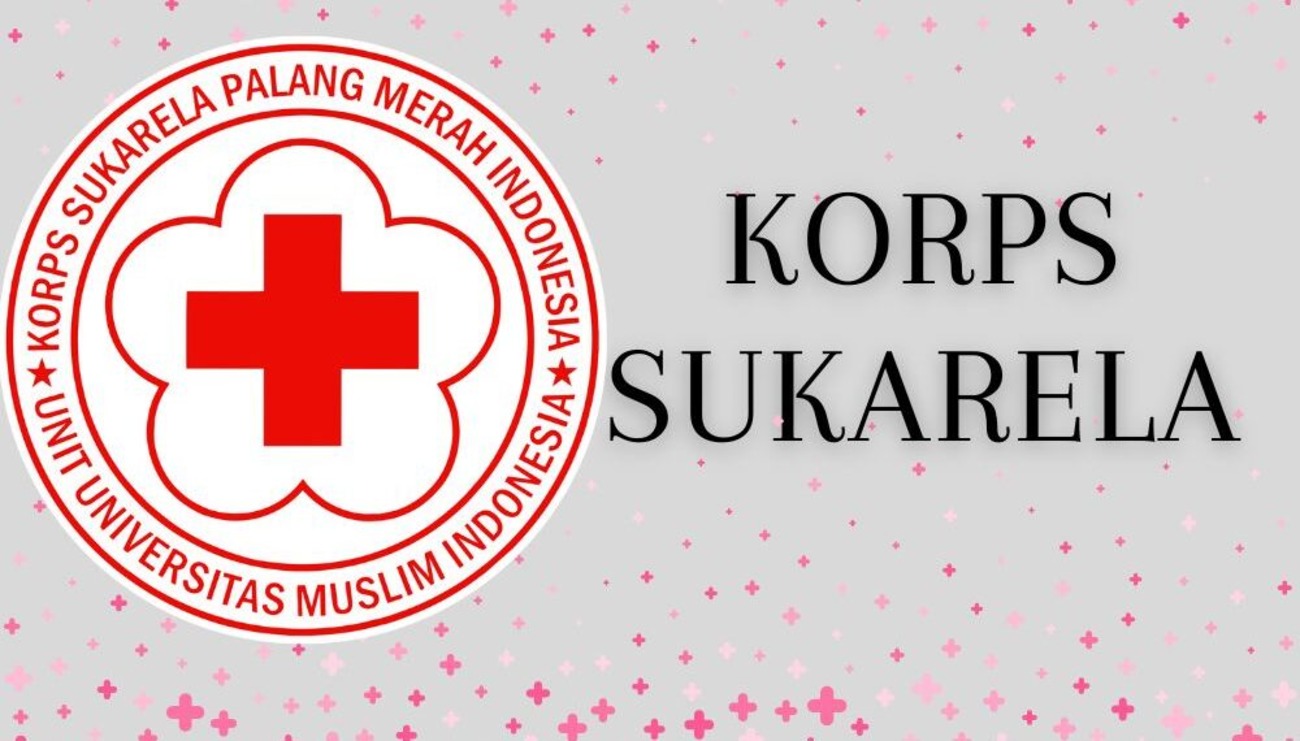Introduction of Süberlig
Süberlig, As the world continues to grapple with the challenges posed by rapid urbanization and environmental degradation, the concept of “süberlig” has emerged as a beacon of hope for the future of sustainable urban living, a term derived from the fusion of “sustainable” and “urban living,” represents a holistic approach to city planning and development that prioritizes environmental sustainability, social equity, and economic viability. This article explores the key aspects of its significance, and how it can be implemented to create resilient and thriving urban environments.
Understanding Süberlig
is a comprehensive framework that integrates various principles and practices aimed at creating sustainable urban environments. It encompasses multiple dimensions, including green architecture, renewable energy, efficient public transportation, waste management, and community engagement. The goal of is to design and manage cities in ways that minimize their ecological footprint, enhance the quality of life for residents, and ensure long-term economic prosperity.
Key Components of Süberlig
- Green Architecture and Urban Design: Green architecture and urban design are fundamental to. This involves the use of eco-friendly building materials, energy-efficient designs, and the incorporation of green spaces within urban areas. Green roofs, vertical gardens, and permeable pavements are examples of how urban spaces can be designed to reduce heat islands, manage stormwater, and improve air quality.
- Renewable Energy Integration: Transitioning to renewable energy sources is a critical aspect of. Solar panels, wind turbines, and bioenergy can be integrated into the urban fabric to reduce reliance on fossil fuels and lower greenhouse gas emissions. Cities can also invest in smart grids and energy storage solutions to enhance the efficiency and reliability of renewable energy systems.
- Efficient Public Transportation: A robust and efficient public transportation system is essential for reducing the carbon footprint of urban areas promotes the development of interconnected public transit networks, including buses, trams, and metro systems, as well as the creation of pedestrian and bicycle-friendly infrastructure. This reduces the need for private car use and encourages more sustainable modes of transportation.
- Waste Management and Circular Economy: Effective waste management practices are crucial for maintaining clean and healthy urban environments advocates for the adoption of circular economy principles, where waste is minimized, and resources are reused and recycled. This includes implementing comprehensive recycling programs, promoting composting, and encouraging the use of biodegradable materials.
- Community Engagement and Social Equity: A successful approach requires active community engagement and a focus on social equity. This means involving residents in decision-making processes, ensuring access to essential services and amenities, and promoting inclusive urban development. By addressing social disparities and fostering a sense of community, cities can create more resilient and cohesive societies.
The Significance of Süberlig
holds significant promise for addressing some of the most pressing challenges facing urban areas today. Here are a few reasons why is important:
- Environmental Sustainability: By prioritizing eco-friendly practices and renewable energy, helps reduce the environmental impact of cities. This is crucial for mitigating climate change, conserving natural resources, and protecting biodiversity.
- Improved Quality of Life: Süberlig enhances the quality of life for urban residents by creating healthier, more livable environments. Access to green spaces, clean air, efficient transportation, and sustainable housing contributes to the overall well-being of individuals and communities.
- Economic Resilience: Sustainable urban practices can drive economic growth and resilience. By investing in green technologies, renewable energy, and sustainable infrastructure, cities can create new job opportunities, attract investments, and reduce long-term operational costs.
- Social Equity: Addressing social disparities and promoting inclusivity is a core aspect of süberlig. By ensuring that all residents have access to essential services and opportunities, cities can foster social cohesion and reduce inequality.
Implementing Süberlig: Challenges and Solutions
While the principles of süberlig are clear, implementing them can be challenging. Here are some common challenges and potential solutions:
- Funding and Investment: Challenge: Sustainable urban projects often require significant upfront investment. Solution: Cities can explore public-private partnerships, green bonds, and international funding programs to secure the necessary resources. Governments can also incentivize private sector investment in sustainable initiatives through tax breaks and subsidies.
- Regulatory and Policy Frameworks: Challenge: Inconsistent or outdated regulations can hinder the adoption of süberlig practices. Solution: Governments need to update and streamline policies to support sustainable urban development. This includes setting clear environmental standards, providing guidelines for green construction, and promoting renewable energy adoption.
- Public Awareness and Engagement: Challenge: Lack of public awareness and engagement can impede the success of süberlig initiatives. Solution: Education and outreach programs can raise awareness about the benefits of sustainable living. Community workshops, public consultations, and participatory planning processes can involve residents in shaping their urban environments.
- Technological Integration: Challenge: Integrating new technologies into existing urban infrastructure can be complex. Solution: Pilot projects and phased implementation can help cities gradually incorporate advanced technologies. Collaboration with tech companies and research institutions can also provide the expertise needed to overcome technical challenges.
FAQs About Süberlig
Q: What is the main goal of süberlig?
A: The main goal of süberlig is to create sustainable, resilient, and livable urban environments by integrating eco-friendly practices, renewable energy, efficient transportation, and community engagement.
Q: How can individuals contribute to süberlig in their cities?
A: Individuals can contribute by adopting sustainable practices such as using public transportation, reducing waste, supporting green initiatives, and participating in community planning processes.
Q: Are there any cities currently implementing süberlig principles?
A: Yes, several cities around the world are embracing süberlig principles, including Copenhagen, Singapore, and Vancouver, which are known for their sustainable urban planning and green initiatives.
Q: What are the economic benefits of süberlig?
A: Süberlig can drive economic growth by creating new job opportunities in green industries, attracting investment, and reducing operational costs through energy efficiency and waste reduction.
Q: How does süberlig address social equity?
A: Süberlig promotes social equity by ensuring that all residents have access to essential services, green spaces, and opportunities for participation, thereby reducing disparities and fostering social cohesion.
Conclusion
Süberlig represents a visionary approach to urban living that prioritizes sustainability, resilience, and inclusivity. By integrating green architecture, renewable energy, efficient transportation, and community engagement, cities can address the pressing challenges of urbanization and environmental degradation. While implementing süberlig requires overcoming various challenges, the potential benefits for the environment, economy, and society make it a worthwhile endeavor.





